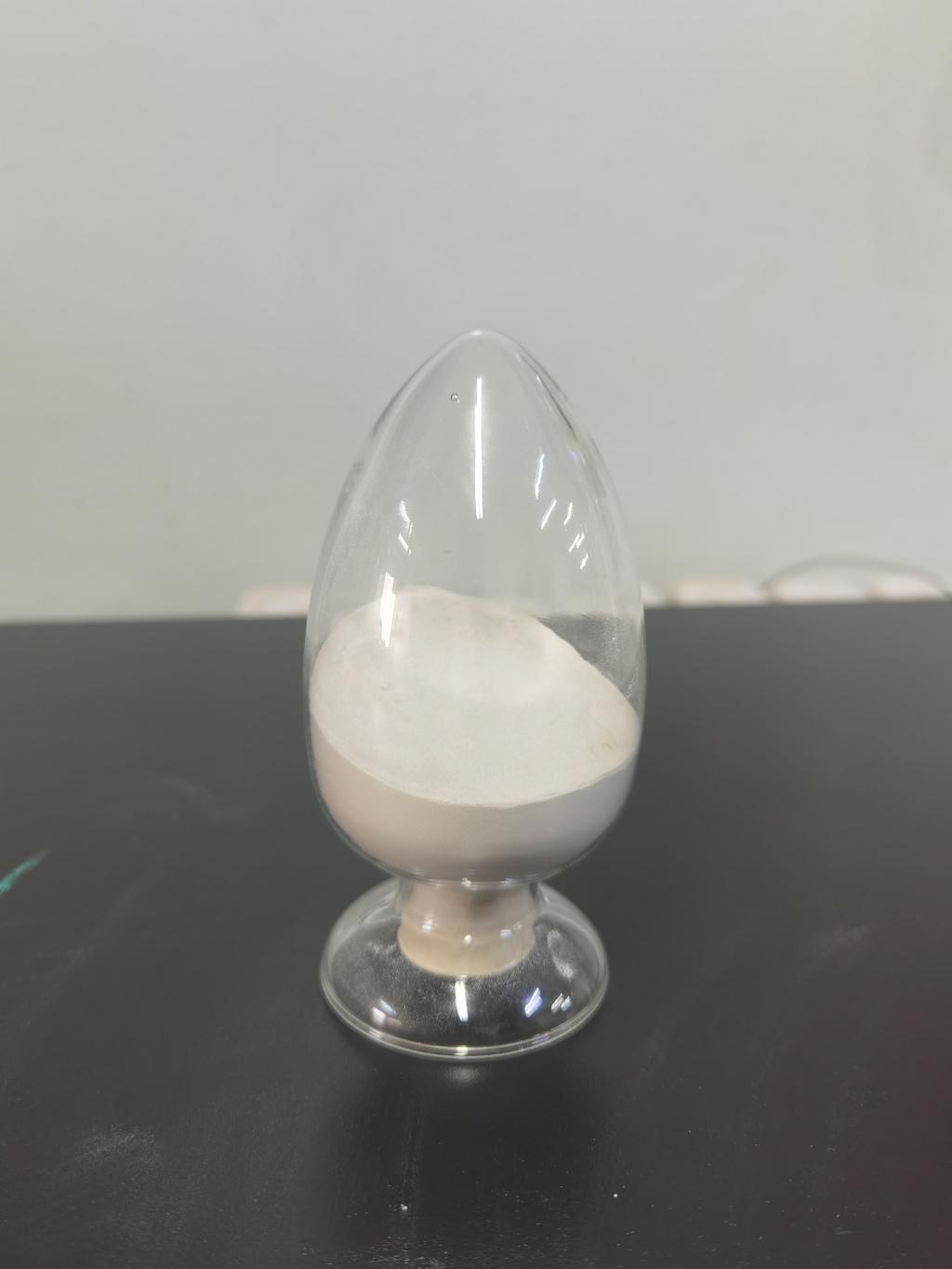Tel:+8618231198596

News
 CONTACT
CONTACT
 CONTACT
CONTACT
- Linkman:Linda Yao
- Tel: +8618231198596
- Email:linda.yao@dcpharma.cn
- Linkman:CHARLES.WANG
- Department:Overseas
- Tel: 0086 0311-85537378 0086 0311-85539701
News
The development of nisin-based food additives that improve safety is an emerging field.
TIME:2024-09-11
Introduction to Nisin
Nisin is a naturally occurring peptide antibiotic produced by the bacterium Lactococcus lactis. Its unique structure allows it to inhibit the growth of a wide range of harmful bacteria, particularly those responsible for causing food spoilage and foodborne illnesses. This makes nisin an invaluable tool in the food industry, where the need for preservatives that do not compromise on health or taste is ever-present.
Mechanism of Action
The mechanism through which nisin works is complex yet effective. When present in foods, nisin binds to specific sites on the cell wall of targeted bacteria, disrupting their membrane integrity. This disruption leads to leakage of cellular contents and ultimately results in bacterial cell death. Because nisin targets only certain types of bacteria, it can be used selectively without affecting beneficial microorganisms that contribute to the quality and flavor of many food products.
Applications in the Food Industry
The application of nisin in food preservation has been widely explored across various sectors. It is commonly used in cheese making to prevent the growth of unwanted bacteria while allowing desirable cultures to thrive. In meat products, nisin helps to combat the development of pathogens such as Listeria monocytogenes, thereby increasing the safety profile of these items. Additionally, nisin is employed in canned goods, beverages, and other prepared foods to maintain freshness and reduce the risk of contamination.
Advantages of Nisin-Based Additives
One of the key advantages of using nisin over traditional chemical preservatives is its natural origin, which aligns with consumer preferences for "clean label" products. Consumers today are more health-conscious and are increasingly seeking out foods that are free from artificial additives. Nisin offers a solution that meets these demands without sacrificing the essential function of a preservative.
Moreover, the use of nisin can lead to reduced reliance on refrigeration, which is beneficial for reducing energy consumption and carbon footprint. This characteristic makes nisin particularly useful in developing regions where access to refrigeration might be limited.
Challenges and Future Directions
Despite its benefits, the implementation of nisin in food products is not without challenges. Issues such as cost, efficacy under varying conditions, and consumer acceptance must be addressed. Research into improving the stability and effectiveness of nisin formulations continues, with a focus on creating solutions that work well across different types of foods and storage environments.
As we move forward, the integration of nisin with other natural preservatives and packaging technologies could further enhance its capabilities. Innovations in delivery systems, such as encapsulation, might also expand the utility of nisin in a broader range of applications.
Conclusion
The development of nisin-based food additives represents a significant advancement in the quest for safer and fresher food products. By leveraging the power of nature, scientists and food technologists are paving the way for a future where the enjoyment of food is coupled with enhanced protection against spoilage and disease. As research progresses, it is anticipated that nisin will play an even greater role in the preservation of our global food supply, contributing to improved public health outcomes and sustainable food production practices.
- Tel:+8618231198596
- Whatsapp:18231198596
- Chat With Skype







